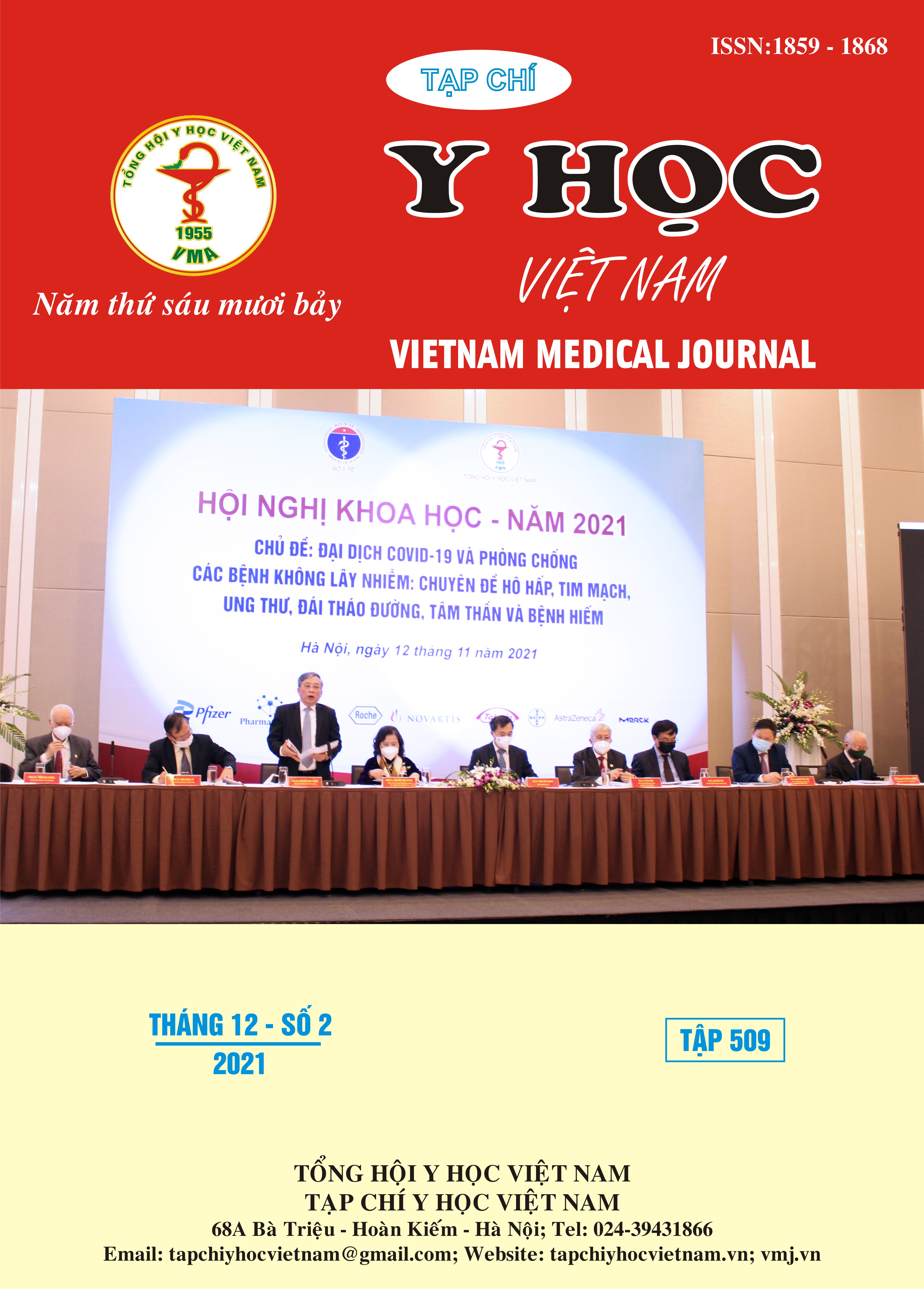THE TREATMENT EFFECTS OF TWICARE FUNCTIONAL APPLIANCE IN CLASS II MALOCCLUSION PATIENTS
Main Article Content
Abstract
Objective: The purpose of this study was to compare the change of occlusal and cephalometrics analysis in patients before and after treated with Twicare appliances. Subjects were 34 growing patients with class II malocclusion and mandibular retrusion. Methods: clinical trial study, comparing before and after using appliance. Results: SNB increased by 1.88 ± 1.2; ANB increased by 1.47 ± 1.35 and Wits decreased by 2.24±1.59; statistically significant differences of overjet and overbite between before and after treatment were found. Conclusion: Twicare appliance is effective in moving mandibular forward and decreasing overjet and overbite.
Article Details
Keywords
Mandibular retrusion, class II malocclusion, Twicare functional appliance, growing patient
References
2. Sharma A., Sachdev V., Singla A., et al. (2012), Skeletal and dentoalveolar changes concurrent to use of Twin Block appliance in class II division I cases with a deficient mandible: a cephalometric study. Journal of Indian Society of Pedodontics and Preventive Dentistry. 30(3), 218.
3. Shyagali T.R. and Bhayya D.P. (2010), Cephalometric evaluation of treatment effect of twin block appliance in Class II div 1 malocclusion. J Int Oral Health. 2(4), 57-64.
4. Khoja A., Fida M. and Shaikh A. (2016), Cephalometric evaluation of the effects of the Twin Block appliance in subjects with Class II, Division 1 malocclusion amongst different cervical vertebral maturation stages. Dental press journal of orthodontics. 2173-84.
5. Sidlauskas A. (2005), The effects of the Twin-block appliance treatment on the skeletal and dentolaveolar changes in Class II Division 1 malocclusion. Medicina (Kaunas). 41(5), 392-400.
6. Bock N.C., von Bremen J. and Ruf S. (2016), Stability of Class II fixed functional appliance therapy—a systematic review and meta-analysis. European Journal of Orthodontics. 38(2), 129-139.
7. Flores-Mir C. and Major P.W. (2006), Cephalometric facial soft tissue changes with the Twin block appliance in Class II division 1 malocclusion patients: a systematic review. The Angle Orthodontist. 76(5), 876-881.
8. Mills C.M. and McCulloch K.J. (1998), Treatment effects of the twin block appliance: a cephalometric study. American Journal of Orthodontics and Dentofacial Orthopedics. 114(1), 15-24.
9. Trenouth M. (2000), Cephalometric evaluation of the Twin-block appliance in the treatment of Class II Division 1 malocclusion with matched normative growth data. American Journal of Orthodontics and Dentofacial Orthopedics. 117(1), 54-59.


